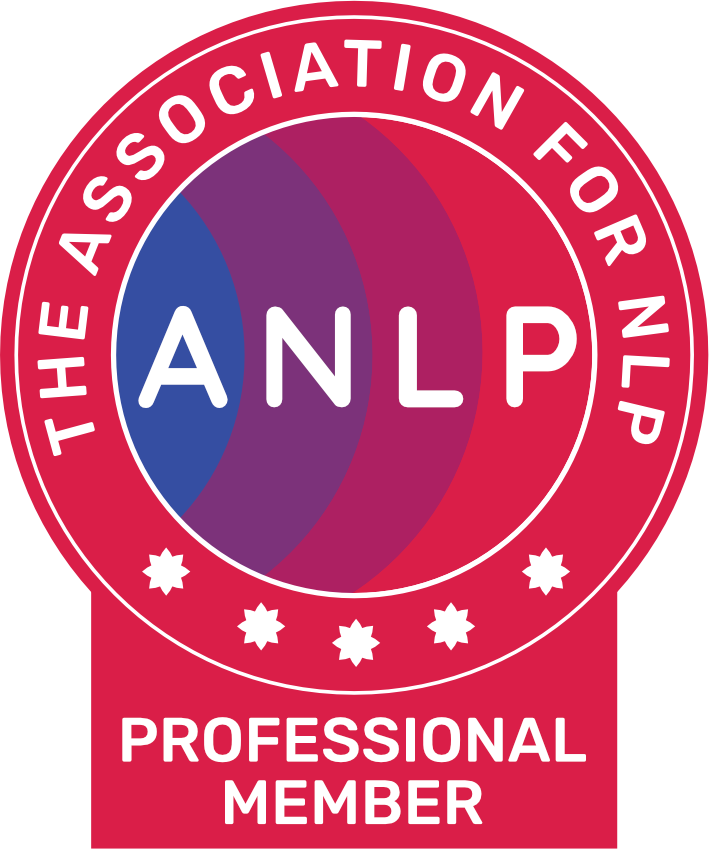- Suppose an individual is experiencing a panic attack in the workplace while reading this article. In that case, they should immediately take the steps below (if they are not experiencing one, then skip this section):
- They can download this article onto their smartphone to refer to it when they leave their desk.
- Get out of the place they’re in as quickly as possible. If they have to give an excuse, they can say they must go to the bathroom.
- Go to the closest spot where they will feel secure or, at the very least, be away from interactions that could trigger the anxiety attack. The location could be a small private office, a telephone booth, a bathroom only for one person, or even outside the office.
- Emphasize breathing. Take deep breaths through the nose and allow the stomach to expand. Repeat this process until the symptoms subside.
- As they breathe, please take a moment to remind themselves that this isn’t their fault. They are not at fault.
- Refrain from thinking about the thoughts that may be contributing to or causing the anxiety attack. Once they have located a spot where they can better manage their symptoms, please take a moment to think about their security level. There’s nothing that could harm them at this moment. Everything is okay.
- Remember that they have handled anxiety attacks in the past. They were fine then, and they’ll be okay today.
- Focus on breathing and repeat the process.
- Repeat steps 4-8 as often as needed. Be aware that there’s no need to rush. Everything is okay.
- Go home if necessary. The health of the body is far more vital than attempting to push through and accomplish more.
- When the panic attack has passed, they can congratulate themselves. Be aware of how happy their body feels. Recall that feeling.
- Understanding the in-depth steps requires effort when sweating heavily and trying to keep it all together. Utilize the tips above when they first come to this page.
Read on if they need detailed advice for the future.
Detailed Steps to Practice Handling a Panic Attack at Work
Follow these steps to plan and practice for the event of a panic attack. They can also be used when the steps already taken aren’t practical. After finishing the book, individuals can try different combinations and create a perfectly personalized approach.
Realize When You Are Close to Having a Panic Attack
Panic attacks aren’t something that happens overnight. According to a study published in the National Center of Biotechnology Information, they begin to creep up within an hour as people become aware of them.
If individuals recognize the indicators of a coming panic attack, they can better prepare for it and respond quickly. These are the indicators:
- Breathing shortness
- Heart racing
- Dizziness
- Chest pain
- Hot flashes
- Trembling
- Nausea
- Choking
- Numbness
A More Advanced Technique for Handling a Panic Attack at Work: TIP
life coach in Dubai advised people to handle panic attacks with the technique known as TIP. Here’s how it works (remember to follow the steps sequentially):
-
T = Cold Temperature
Applying a cold object to the body can help calm someone experiencing a panic attack. If anxiety strikes at work, look for an area in the bathroom to wash hands, run cool water over wrists, or place a towel with ice around the neck. If it’s cold outside, consider going out for a while.
-
I = Intense Exercise
Exercising can help calm someone before or during panic attacks. Running at a high speed in a stationary position, performing jumping jacks, and stretching the chest. Individuals should find quiet places to do these exercises without disturbing coworkers.
-
P = Progressive Breathing
Utilize the breathing techniques discussed earlier. Be sure to breathe through the nostrils, breathe deeply, and let the stomach expand.
Progressive Muscle Relaxation (PMR)
PMR is a fantastic method to relax the mind and body. As the name implies, it involves relaxing muscles step-by-step. Here are a few PMR steps to prevent panic attacks:
- Try to squeeze your fists as firmly as possible.
- Ensure to squeeze them as they go through these steps.
- Inhale through the nose and hold for 5 seconds.
- Keep your breath in for five seconds.
- Take five breaths and exhale. When exhaling, let loose the fists.
- Be sure to experiment with variations on the second count until they have found the ideal timing.
The Power of Water
Drinking eight ounces of cold water can help when experiencing panic attacks.
It’s also a good idea to pour cold water over the face and the back of the neck, suggested therapist Perpetua Neo. This can also be done with spray bottles.
Preparing for Panic Attacks
Conversations with Supervisors and Co-Workers
To avoid any damage to competent relationships, individuals should consider notifying their supervisors and personnel in human resources that they are suffering from anxiety attacks. They may also inform coworkers if they are comfortable doing so and believe it can improve the situation.
It is unlawful to make discriminatory remarks about someone due to a mental disorder, such as a panic disorder.
Recognize Triggers Around the Office
If panic attacks begin at work, people, situations, or objects could cause panic attacks. It is crucial to identify these triggers. This will aid in their preparation.
It is not recommended to avoid triggers to the point that it impacts work performance. If presentations trigger anxiety, it may be difficult to ignore them and remain on the job.
The fear of having a panic attack could make it harder to engage in specific tasks at work. This will hinder individuals from taking on new and challenging tasks.
Identifying and preparing for triggers can be difficult without being prepared for panic attacks. To aid in this process, Burke suggested combining relaxation techniques, psychotherapy, and medications (more on these methods in the next article).
Carry or Use Counter Triggers
Just as there are triggers that can cause panic attacks, there are also people, objects, and circumstances that can calm someone down before and during an attack. Here are a few examples:
- Making a phone call to a family member or someone they know.
- Calling or texting a therapist.
- A calming personal item that holds sentimental value, such as a stuffed animal.
- The smell of salts (useful for those experiencing faintness).
Make a List of Optimal Places You Can Head To
Being in a space where one feels comfortable can help ease panic attacks. Here are a few examples of settings that could be utilized:
- The passenger seat in a vehicle (provides more space than the driver’s seat).
- A private office, if available. Use curtains or blinds if they have them.
- A single-person bathroom.
- A bathroom with a companion bathroom.
- Home (if it’s close enough to return quickly to work).
Making Your Game Plan for Handling Panic Attacks at Work
Once individuals have a checklist of strategies and techniques, they need to modify and develop a plan to manage anxiety incidents at work. Here’s an example of what that could look like:
- Let the situation be.
- Use the bathroom that is only for one person.
- Take deep breaths.
- Use PMR.
- Contact their therapist.
- Text their supervisor to inform her about the incident.
- Run.
- Go back home.
Once this plan is made, place it in an easily accessible location on their smartphone or on paper they carry. Make changes as necessary. If they require assistance with the practice or formulating the strategy, consider working with a therapist or someone who can act as a coach.
Consider Seeing a Life Coach in Dubai or a Psychiatrist
If individuals require additional therapy to help ease their symptoms, they should consider seeing a psychiatrist. They will assist in finding appropriate medication that can help.
Dieting
Modifying one’s diet can help reduce anxiety attacks, according to studies conducted by Okayama University Medical School. Dietitian Trudy Scott has assisted clients in making dietary changes, and here are a few recommended changes:
- Decrease caffeine intake
- Eat sufficient food regularly throughout the day.
- Eat foods rich in omega-3 fatty acids (e.g., salmon and walnuts) and magnesium (e.g., leafy greens, bananas, and nuts).
Consider Relaxation Methods
Relaxation methods, such as yoga, can help people with panic attacks. Seek classes in the area or use video classes on YouTube. Some people find comfort in meditation, which has numerous options online.
Limit Alcohol Consumption
While alcohol may help someone feel relaxed initially, it often increases anxiety, leading to panic attacks. To maintain mental health, consider limiting or stopping alcohol consumption.
Closing Thoughts
Panic attacks at work can be manageable. Recognizing signs and triggers can help. Planning and preparing will make it easier to face an episode. Seeking help can aid in addressing the underlying issues causing the attacks.



